Blog Post
California Terminated Gerrymandering. The U.S. Supreme Court Should Too.
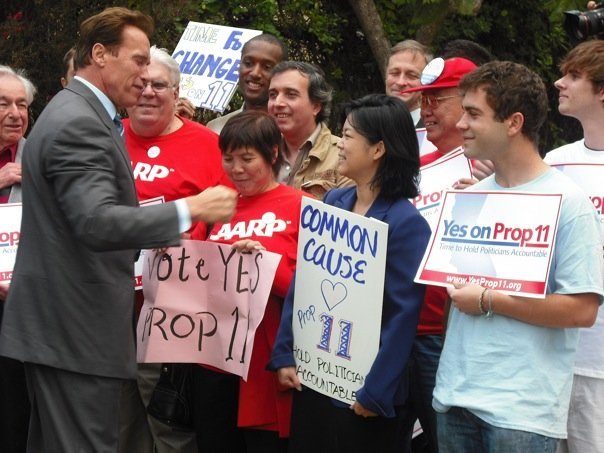
We worked together in 2008 and 2010 to champion two ballot initiatives asking California voters to create a commission of ordinary citizens to draw the lines instead of self-interested politicians. California voters agreed. More than 30,000 people applied and we found 14 impartial commissioners to hold 100 meetings and draw congressional and legislative districts that reflected the will of the people.
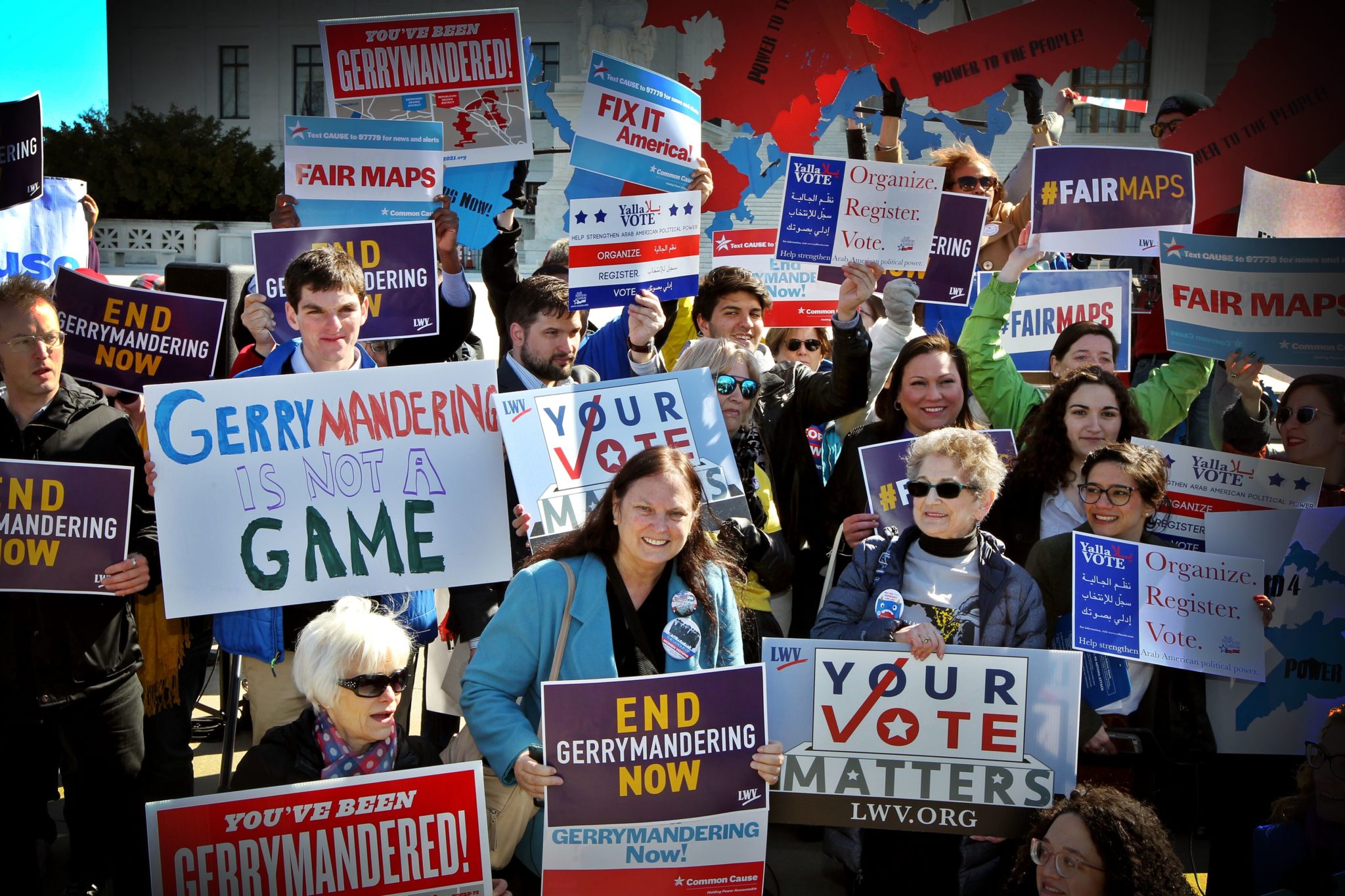
More than a dozen states use greater checks and balances in redistricting, including seven states that entrust congressional redistricting to a citizen commission. The strongest reforms happen in states where people have the power to vote on laws and constitutional amendments. But the sad fact is that less than half of states give voters that power.
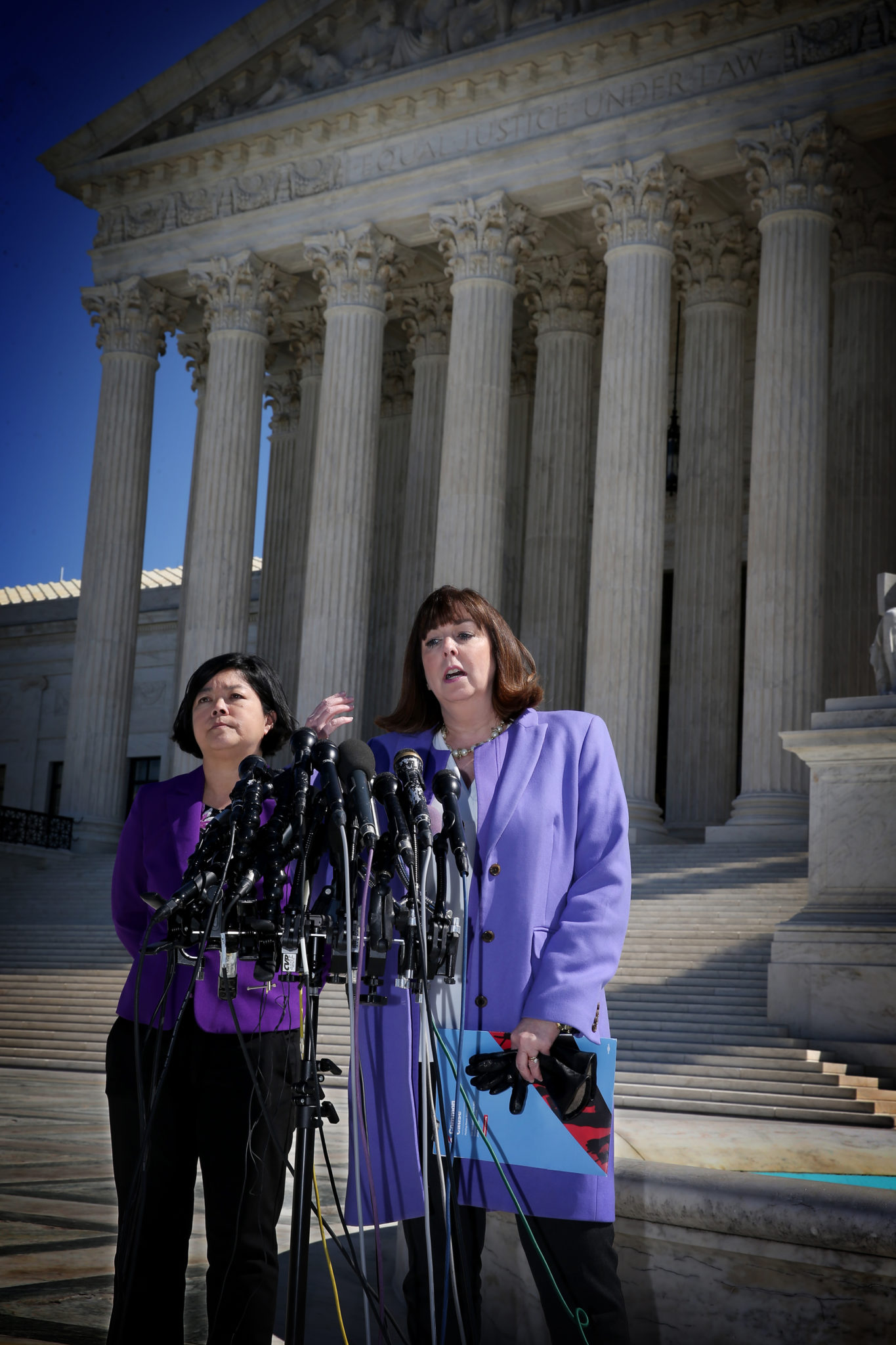
By the end of June, the Supreme Court will rule on two cases – one from North Carolina called Rucho v. Common Cause and one from Maryland called Lamone v. Benisek. The villains are a different, but the crimes are the same. Politicians said they wanted to draw partisan maps and did so with statistical precision.
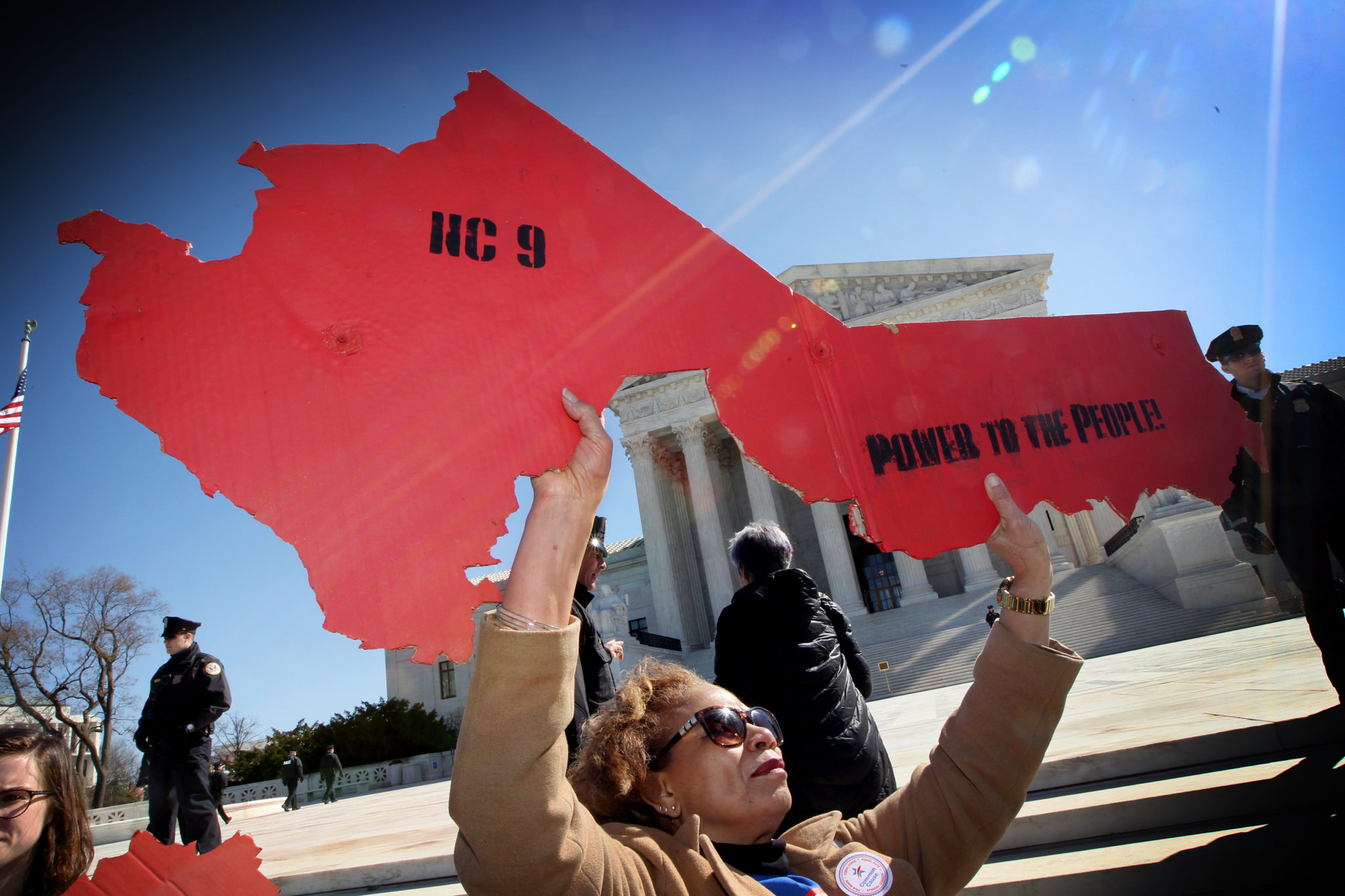
In a signal that people’s voices and votes matter, these gerrymanderers found themselves on the losing end of district court challenges. U.S. District Judge James K. Bredar declared that Democratic gerrymandering in Maryland was “noxious, a cancer on our democracy.” Ruling on North Carolina’s Republican-designed legislative map, Judge James J. Wynn of the U.S. Court of Appeals for the 4th Circuit wrote that its “invidious partisanship runs contrary to the Constitution’s vesting of the power to elect representatives in ‘the people.’”
With two egregious examples of gerrymandering – one Republican and the other Democrat – I believe the nine Supreme Court justices will agree with what we think is a powerful constitutional argument: Politicians who draw district maps to advantage their party limit voters’ speech and violate the First Amendment.
We can’t let gerrymandering turn our government into the Russian Politburo. Our representative democracy should be based on giving people a real choice in choosing who represents us, and elections where politicians must work hard to earn our votes every single time they run.
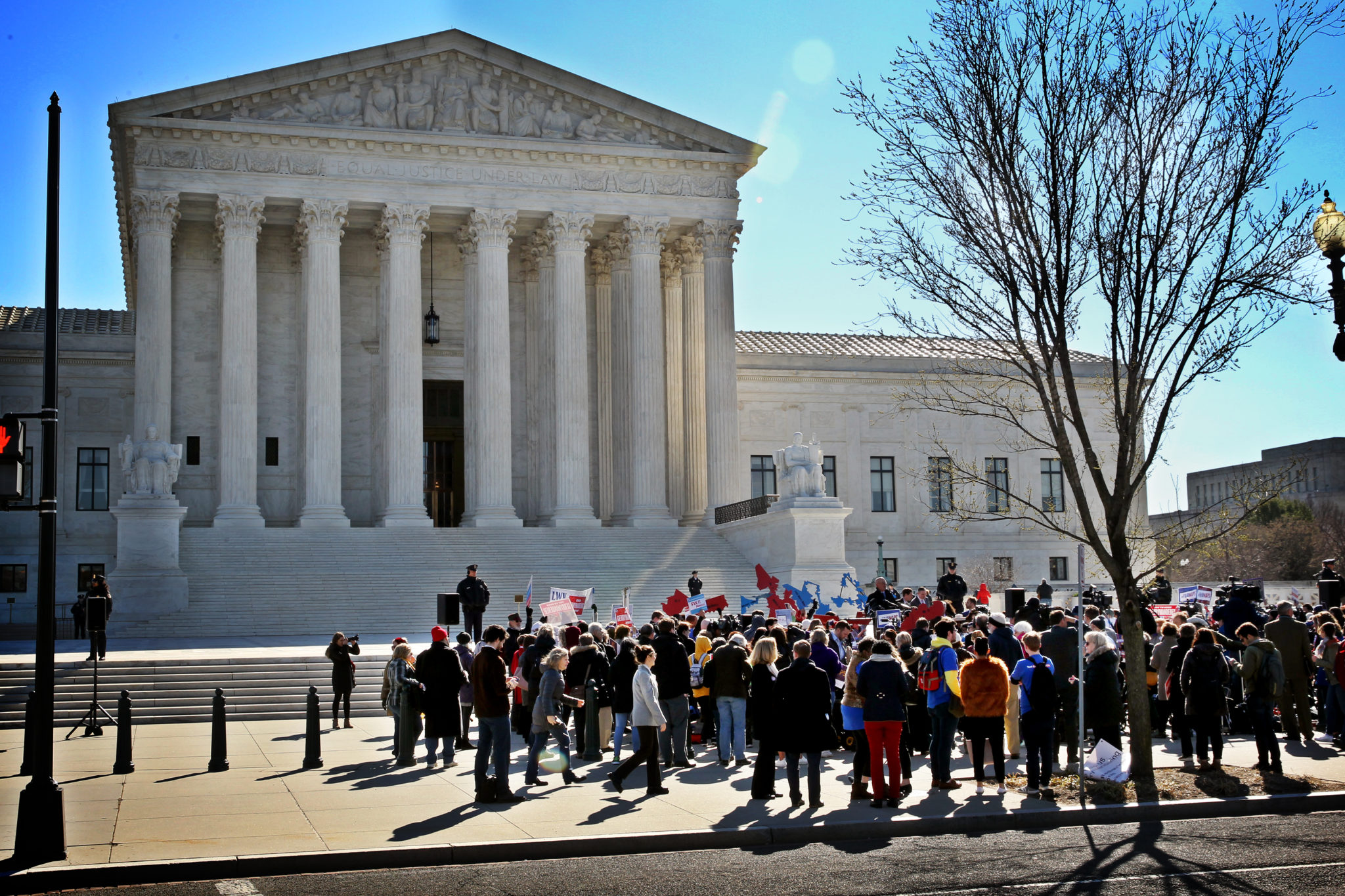
Redistricting reform is not just a Democratic issue or a Republican issue. It’s a challenge that people of all political stripes are rallying behind. And it’s time for the Supreme Court to say “Hasta la vista, gerrymandering.”
Kathay Feng is the national redistricting director for Common Cause, the lead plaintiff-appellee in Rucho v. Common Cause. She drafted the California initiative to create a citizen redistricting commission and, with a strong bipartisan coalition, passed this landmark reform.
